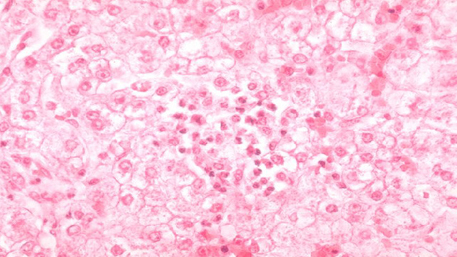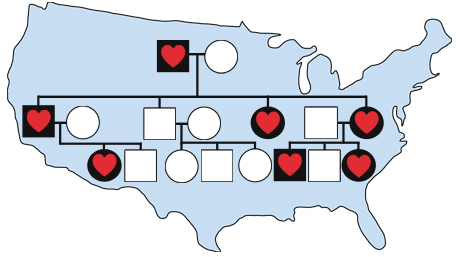Category: genomics
Genomics and Precision Medicine: How Can Emerging Technologies Address Population Health Disparities? Join the Conversation.

Advances in genome sequencing, other “omic” technologies, and big data promise a new era of personalized medicine. However, there is an ongoing discussion how these new technologies can be used to understand and address existing population health disparities. On October 11, 2017, the Precision Medicine and Population Health Interest Group in the Division of Cancer Read More >
Posted on by 1 CommentIntegrating Pharmacogenomics in Practice: One GIFT at a Time or a Package Deal?

Testing for genetic variants related to warfarin metabolism has been the poster child for pharmacogenomics in clinical practice for over a decade. A recent publication of the Genetic Informatics Trial (GIFT) provides additional evidence for the clinical benefits of incorporating pharmacogenomics testing into the management of warfarin initiation. In this multicenter study of older individuals Read More >
Posted on byTrends and Factors Affecting Utilization of BRCA Testing in the United States: The Need for Improved Surveillance

This blog post is a summary of two recent CDC papers on the trends in utilization of BRCA testing in the United States, and metropolitan-nonmetropolitan areas differences in testing. Women with pathogenic BRCA mutations have an estimated 45–65% risk of breast cancer and a 17–39% risk of ovarian cancer by age 70, as compared with Read More >
Posted on byIntegrating genomics into population-based cancer surveillance in the era of precision medicine

Population-based cancer surveillance provides a quantitative measurement of cancer occurrence in the United States and globally. Core activities of surveillance include measuring cancer incidence and characterizing each cancer with regard to histopathology, stage, and treatment in the context of survival. Cancer surveillance has been crucial in informing policy and practice, as well as clinical and Read More >
Posted on byA New Public Health Assessment of the Disease Burden of Hereditary Hemochromatosis: How Clinically Actionable is C282Y Homozygosity?

This blog post is based on a recent paper by Grosse, Gurrin, Bertalli, and Allen in Genetics in Medicine. Hereditary hemochromatosis (HH) attributable to mutations in the HFE gene is the most common autosomal recessive disorder among adults of northern European origin. It occurs in 1 in 300 non-Hispanic whites in the United States. Approximately Read More >
Posted on byAccelerating Evidence Generation to Fulfill the Promise of Genomic Medicine

This blog post is a summary of a recently published paper in Genetics in Medicine. Genomic tests should demonstrate analytical and clinical validity and clinical utility prior to wider adoption in clinical practice. However, clinical utility remains elusive for many such tests. A recent collaborative review of systematic reviews that compared the analytic and clinical Read More >
Posted on byCascade Screening for Familial Hypercholesterolemia in the United States: Public Health Impact and Challenges

This post is a summary of our recently published paper in JAMA and outlines the public health impact and challenges for cascade screening for Familial Hypercholesterolemia (FH) in the United States. What is the public health impact of cascade screening for FH? FH is a dominantly-inherited genetic disorder affecting about 1 in 250 people and Read More >
Posted on byIs pharmacogenetic-guided treatment cost-effective? No one size fits all!

A recently published article by M. Verbelen and colleagues in The Pharmacogenomics Journal is called, “Cost-effectiveness of pharmacogenetic-guided treatment: are we there yet?” As Betteridge’s law of headlines states, any headline that ends in a question mark can be answered by the word No. Regrettably, although that article presents useful information, it ends up by Read More >
Posted on by 2 CommentsIntegrating Genomics into Public Health Surveillance: Ushering in a New Era of Precision Public Health

Public health surveillance has been defined as “the ongoing systematic collection, analysis, and interpretation of data, closely integrated with the dissemination of these data to the public health practitioners, clinicians, and policy makers responsible for preventing and controlling disease and injury.” Surveillance provides an essential scientific foundation for both clinical and public health practice. In Read More >
Posted on byWhole Genome Sequencing for All? The Quest for Evidence Continues

In 1999, Dr. Francis Collins predicted what the practice of genomic medicine in primary care may look like in 2010. He used a hypothetical patient named John, a 23-year-old man with high serum cholesterol. Based on his father’s history of early onset heart disease, John underwent a battery of genetic tests. He was found to Read More >
Posted on by 3 Comments